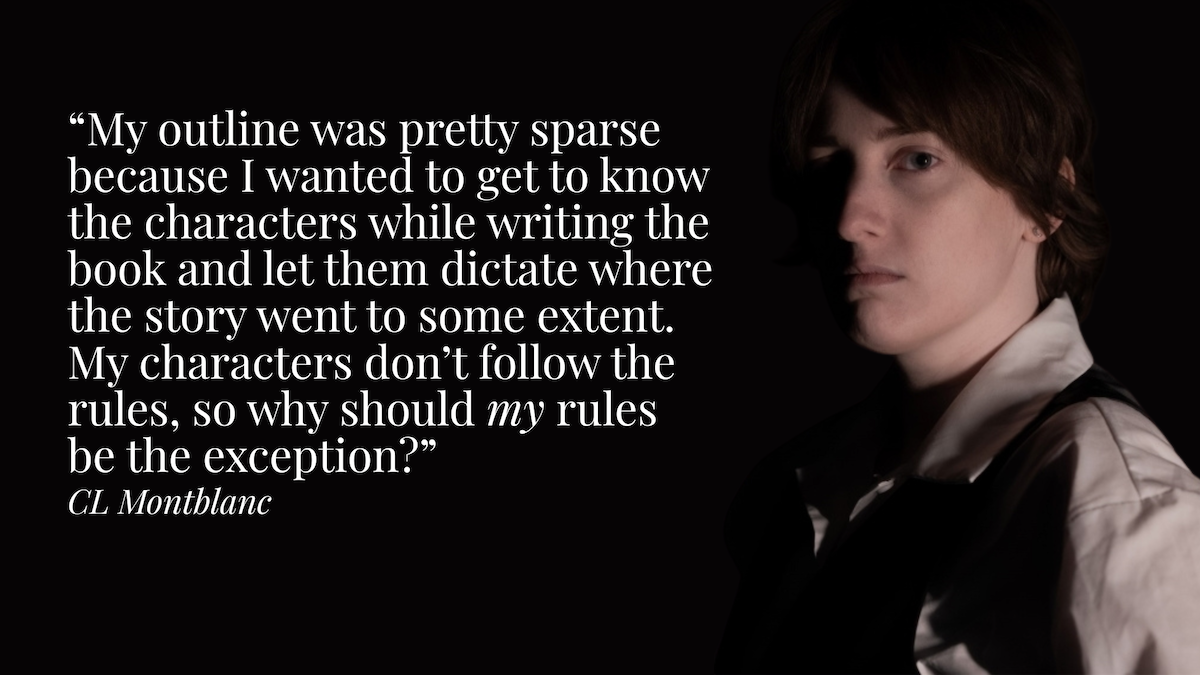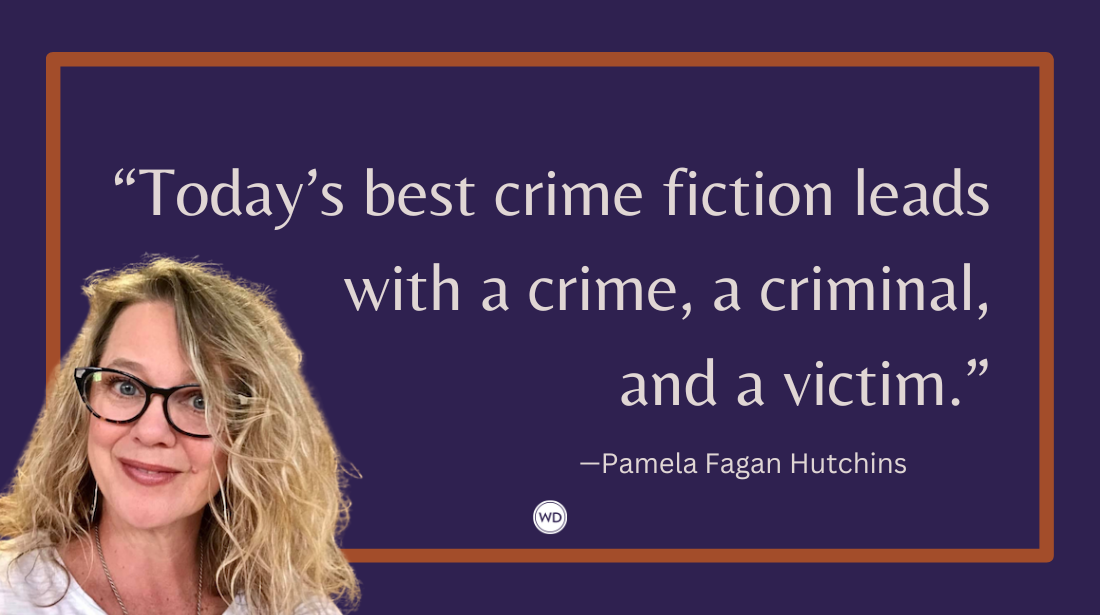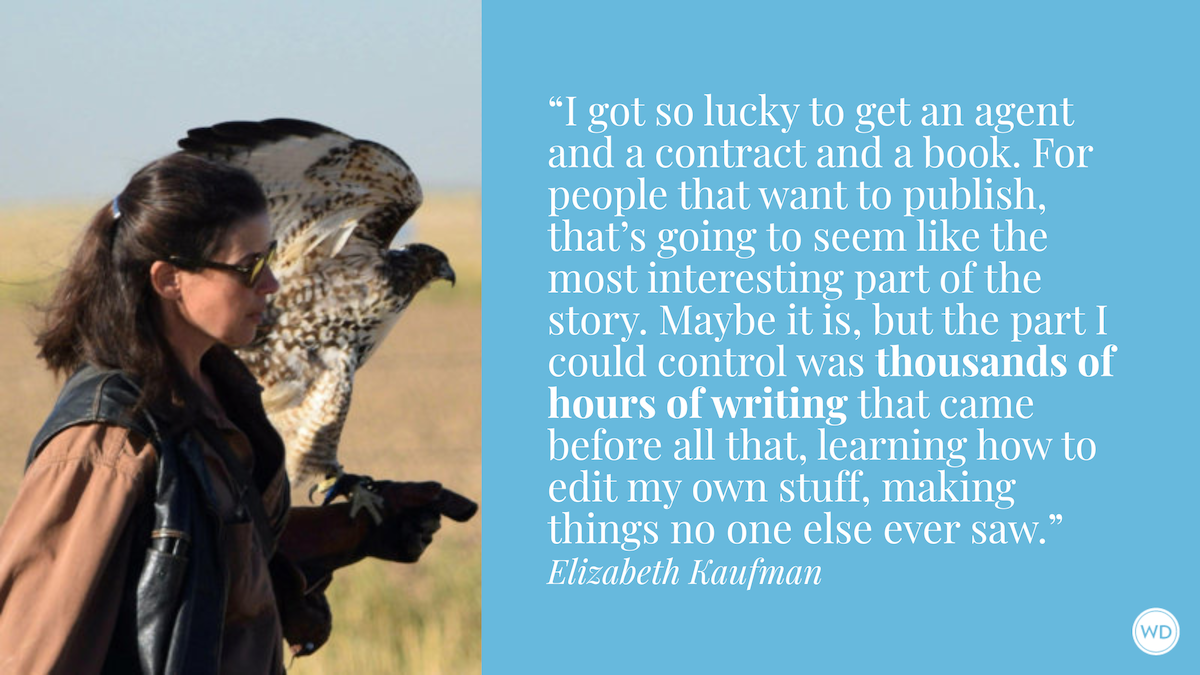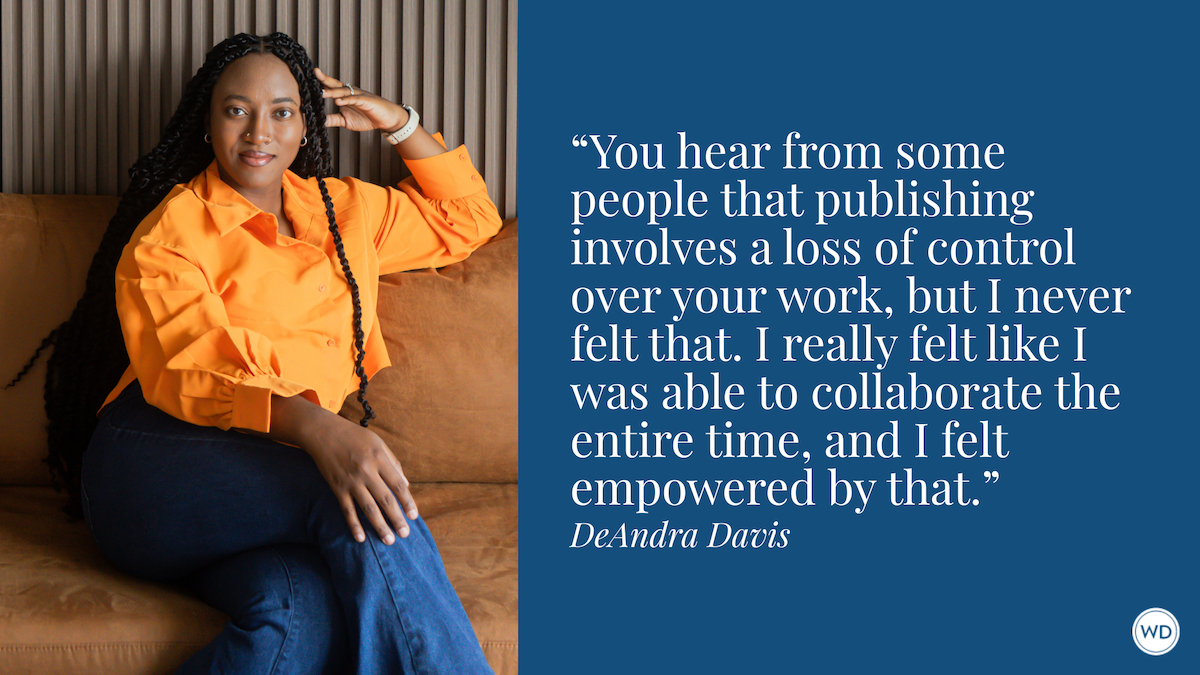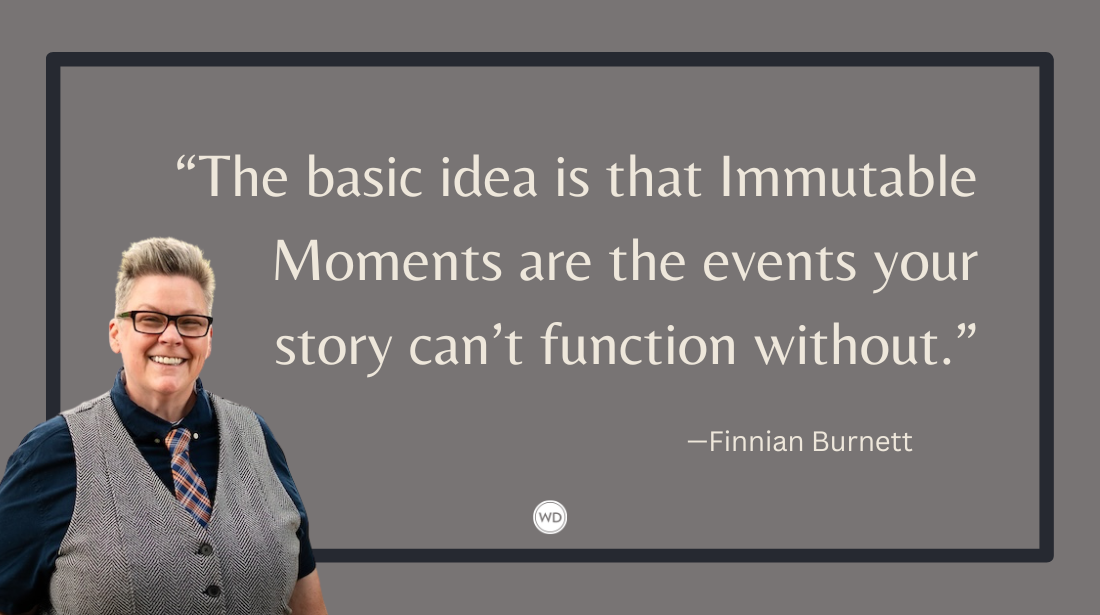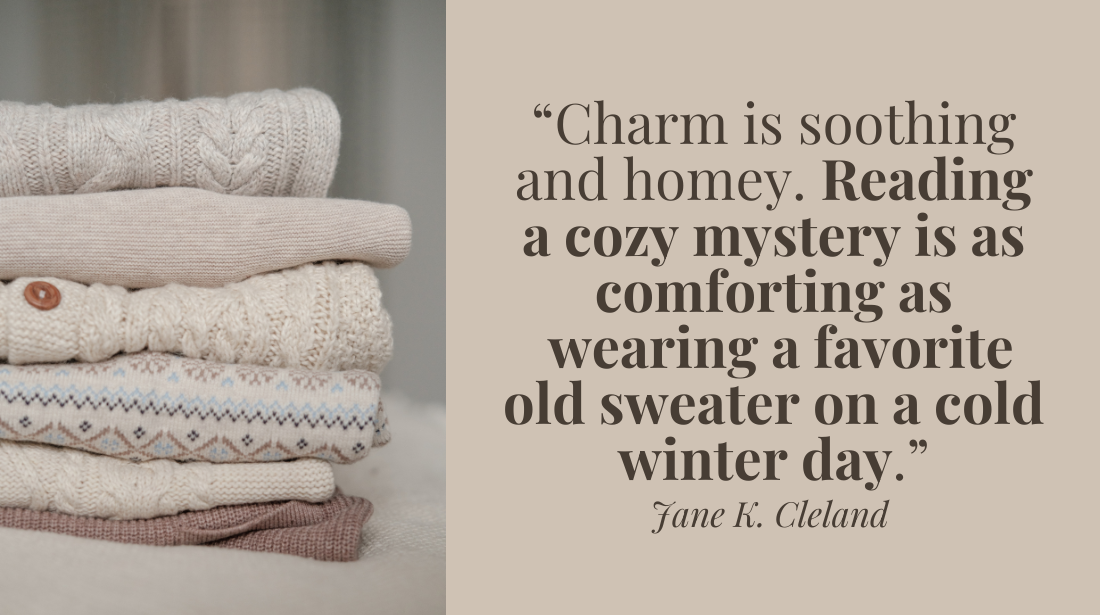Making the Switch from Romance to Women’s Fiction
In this article, author Jennifer Probst explains the differences between romance and women’s fiction, the importance of both, and how you can make the genre switch.
I am a die-hard romance author.
Maybe because I began as a die-hard romance reader. I will never forget when my father dragged a giant box of books from the library sale into our kitchen. It was sweeter than chocolate and more valuable to me than gold. Of course, my mother saw all those romance novels and immediately tried to stop me from reading them, but the moment I saw those covers, I knew I was hooked.
I read every one of them and knew, one day, I’d write romance novels.
I started at twelve-years-old writing young adult romance. At twenty-two, I switched to adult romance and never looked back. As a lover of the written word and all fiction, I tried my hand at poetry, essays, novellas, and full-length novels. I created short stories with twisty endings. I read every craft book and every Writer’s Digest magazine imaginable.
But when everyone asked when I’d write a “real” novel, I reverted to a fire breathing dragon.
I’d look them dead in the eye and give the old John Wayne squint and gritty remark: “I do write real novels. I write romance.”
Some backed away. Others rolled their eyes. Some tried to argue but never won. Not with me.
I am passionate about my writing choice and believe in happy ever after endings. Now, with forty-five books behind me, mostly romance, I find myself in an interesting pivot—one I created all by myself.
I am publishing my first women’s fiction book.
Many will ask, "What’s the difference? Aren’t they both romantic books for women?"
Not … really. Women’s fiction can definitely contain romance. And yes, they are targeted mostly to women. I’d say the biggest difference in changing to this genre is the focus of the book.
In romance novels, the core focus is the developing relationship with the hero and heroine. There can be secondary characters, a thrilling, suspenseful plot, loads of conflict, world-building, and all the rest, but the main focus will always be the romance. My contemporary romance novels are filled with family drama that contains many women’s fiction elements.
But romance must also contain a happy ever after, or at least, a happy for now. There can be no sad or trick endings or it would not be considered a romance novel.
Those are the two main rules for the genre, and romance authors take it seriously for our readers. It is a safe place for readers to experience things with the knowledge things will turn out okay.
Today, especially, it seems these books offering hope are more important than ever.
Women’s fiction books focus more on relationship dynamics outside of a romance. Think siblings, cousins, family members, best friends, etc. It is a deep dive into the various relationships women are involved with on a daily basis. It explores conflicts and challenging dynamics. If there is a romance, it’s secondary, and there is no promise of a happy ever after.
For me, there was never a time where I consciously decided to stop writing romance and go solely into women’s fiction. I made this choice for one simple reason.
I follow the story.
Years ago, I was lucky to embark on a two-week tour through Italy with my mother, my fifteen-year-old goddaughter, and my godmother. It was a multi-generational adventure where we not only experienced the sights and sounds and delights of Italy, from Rome to Tuscany, we also celebrated my mother’s 70th birthday. We learned about ourselves and each other on that trip. We bonded with the other tourists and became friends.
It was a time in my life I knew I’d never forget, and during the tour, I sketched out an outline of a book I wanted to write. I held tight to the seeds of the story for five years before I realized it was time to write it. Maybe it needed to simmer more for my Muse, or maybe I needed to feel like I was a stronger writer to handle such a big book.
Either way, I listened to my gut and Our Italian Summer was born.
There were a few shifts I needed to make along the way.
The first was the passive versus active voice. In romance, I am always careful to write in an action-oriented way to help ground a reader immediately into the scene. Lazy, inactive words are turned into strong verbs. Show, not tell is a common theme I’m always aware of.
But with a women’s fiction book, the narration can be much more passive. It can be slower-paced, sometimes more lyrical, with fewer scenes requiring hands-on action. It took me a while to understand that telling a story this way worked for the book because I’d been trained to be careful in the romance genre.
Second, I did much more world-building and created vivid descriptions. The setting of Italy and a tour required more intense handling of the world around my characters, so I slowed my pace to allow the full five senses of the reader to be enveloped.
Finally, I dug deep into the roots of the mother/daughter relationship and explored how each age is different as a woman, and how we see the other female roles in our life. Romance became a secondary focus to the changes the women made with each other, and within themselves.
The ending did not have a love proclamation or a wedding. But I believe it will be entirely satisfying to the reader.
I still write romance. I always will. But I think it’s important we grow as writers and explore subjects that interest and challenge us. Growth is sometimes hard, and there were many times during this book I questioned if I was writing a good enough story.
I realized at one point, when I received advice from a writing friend, that I was trying to make my first women’s fiction book fit my idea of the genre. I kept thinking it had to be different from my other books. My friend advised me to write the story being authentic to myself. There was no need to change my voice, my perspective, or try to write it in a different way.
The moment I realized I was trying to change myself to fit into an expectation of this new genre, the story began to blossom.
There is always doubt, fear, and excitement when trying something new. But as with any story, we must follow the characters; dig deep into ourselves, and put the rawness on the page. We must be brave enough to fail and be ourselves. It’s the only true way to succeed and create the best story possible.
Our Italian Summer is a dream of mine for many reasons.
But I’ve always been writing real books.
Jennifer Probst is the New York Times bestselling author of the Billionaire Builders series, the Searching For... series, the Marriage to a Billionaire series, the Steele Brothers series, the Stay series, and the Sunshine Sisters series. Like some of her characters, Probst, along with her husband and two sons, calls New York's Hudson Valley home. When she isn't traveling to meet readers, she enjoys reading, watching "shameful reality television," and visiting a local Hudson Valley animal shelter. Follow her at JenniferProbst.com.



